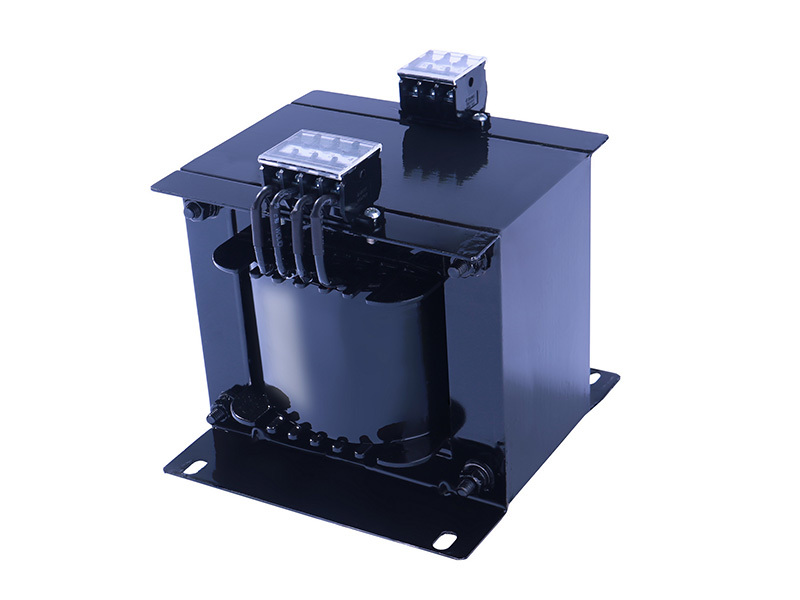Why You Should Consider New High-Frequency Switching Transformers for Your Electrical Needs
Jul 10,2025
In the rapidly evolving landscape of electrical engineering, **high-frequency switching transformers** have emerged as a critical component for powering various applications. These transformers operate at higher frequencies compared to traditional transformers, allowing for improved efficiency and performance in electrical systems. As manufacturers and industries push for greater innovation, the demand for efficient power conversion solutions has skyrocketed. This article explores the significance of high-frequency switching transformers and outlines why they should be a consideration for your electrical needs.
Understanding the Technology Behind High-Frequency Transformers
High-frequency switching transformers utilize a different operation principle compared to their traditional counterparts. Instead of relying on low-frequency AC voltage, these transformers operate at frequencies typically between 20 kHz to several megahertz. This frequency shift allows for the utilization of smaller core materials, thereby reducing the overall size and weight of the transformer.
Moreover, high-frequency transformers tend to incorporate modern materials like ferrite cores, which enhance their performance significantly. The core's ability to handle higher frequencies reduces energy losses due to hysteresis and eddy currents, resulting in more effective power conversion. This technology enables manufacturers to design compact and lightweight devices without compromising performance.

Benefits of High-Frequency Switching Transformers
High-frequency switching transformers offer numerous advantages that make them attractive for various electrical applications. Below are some of the key benefits:
Enhanced Energy Efficiency
One of the most significant advantages of high-frequency switching transformers is their **energy efficiency**. Operating at higher frequencies reduces the size of the magnetic core, which minimizes energy losses. This can result in a more efficient conversion of electrical energy, helping industries reduce their operational costs and meet environmental standards.
Compact Design and Lightweight
High-frequency transformers are designed to be **compact** and **lightweight**, making them ideal for applications where space is limited. Their reduced size means they can fit into smaller devices, such as portable electronics and electric vehicles. This compact nature also reduces installation costs and complexity.
Increased Reliability and Lifespan
These transformers are built to withstand various operational conditions, making them highly **reliable**. The materials used and the sophisticated design lead to lower thermal stress, which contributes to a longer lifespan. Consequently, industries can benefit from reduced maintenance costs and fewer replacements over time.
Cost-Effectiveness and Savings
While the initial investment in high-frequency switching transformers may be higher than traditional transformers, the long-term savings in energy costs, maintenance, and space can offset this expense. Their efficiency and reliability translate into significant cost savings for businesses, making them a worthwhile investment.
Applications of High-Frequency Switching Transformers
High-frequency switching transformers serve a multitude of applications across various sectors. Below are some of the key areas where these transformers are utilized:
- Renewable Energy Systems: High-frequency transformers are essential in solar inverters and wind energy systems, converting energy efficiently for grid integration.
- Telecommunications: These transformers play a vital role in powering communication equipment, enabling efficient data transmission.
- Electric Vehicles: High-frequency transformers are crucial for onboard charging systems, contributing to the compactness and efficiency of EV powertrains.
- Consumer Electronics: Many portable devices utilize high-frequency transformers for their compactness and efficiency, enhancing product performance.
Comparison with Traditional Transformers
When comparing high-frequency switching transformers to traditional transformers, several distinctions arise:
- Size: High-frequency transformers are significantly smaller and lighter than traditional transformers, making them suitable for applications with space constraints.
- Efficiency: High-frequency transformers provide greater efficiency, reducing energy losses and operational costs.
- Heat Generation: Due to lower energy losses, high-frequency transformers generate less heat, which can improve the overall reliability of electrical systems.
Key Considerations When Selecting a Transformer
When selecting a high-frequency switching transformer for your electrical needs, consider the following factors:
- Power Rating: Ensure the transformer meets the power requirements of your application.
- Frequency Range: Verify that the transformer operates within the frequency range suitable for your application.
- Material Quality: Check the materials used in construction, as they can impact performance and reliability.
- Manufacturer Reputation: Choose reputable manufacturers with proven track records in transformer technology.
High-frequency switching transformers represent a significant advancement in transformer technology, offering numerous benefits over traditional transformers. Their enhanced energy efficiency, compact design, increased reliability, and cost-effectiveness make them a valuable addition to various electrical applications. As industries continue to prioritize innovation and sustainability, incorporating high-frequency switching transformers into your electrical systems will undoubtedly position you for success in the changing landscape of technology.
Related Posts








